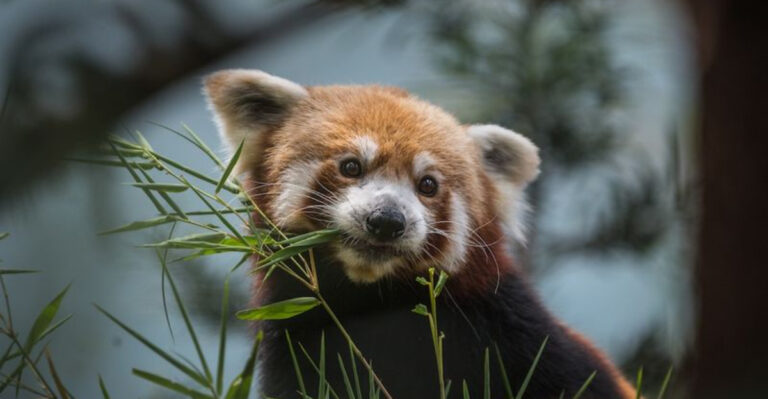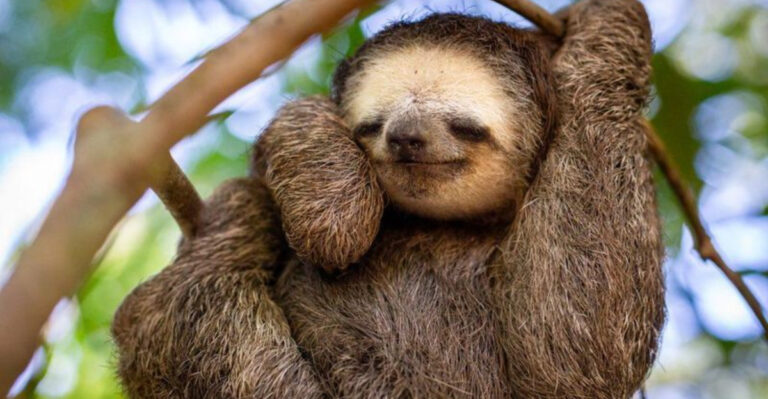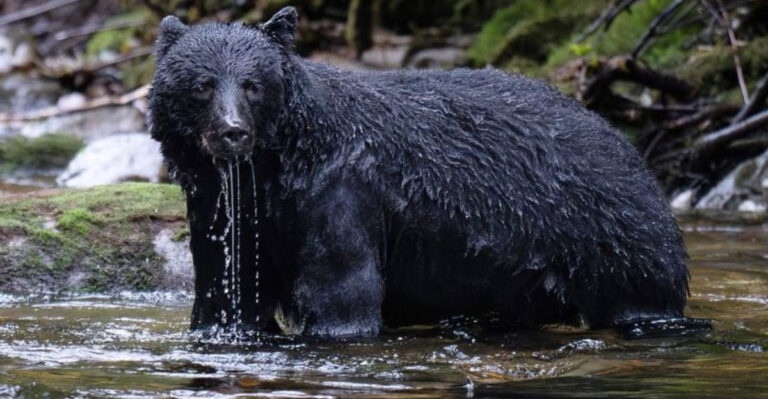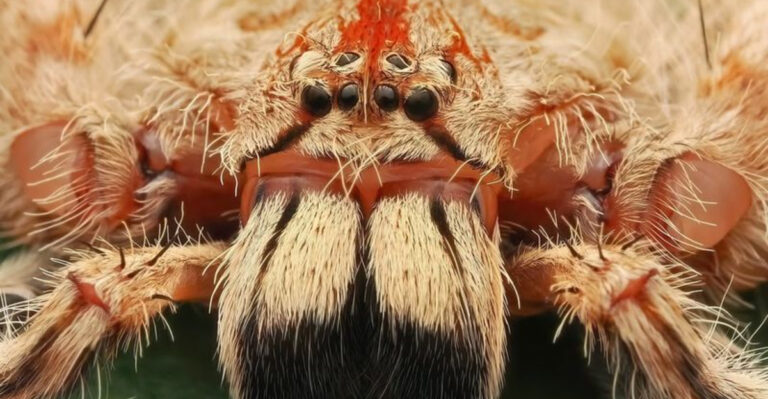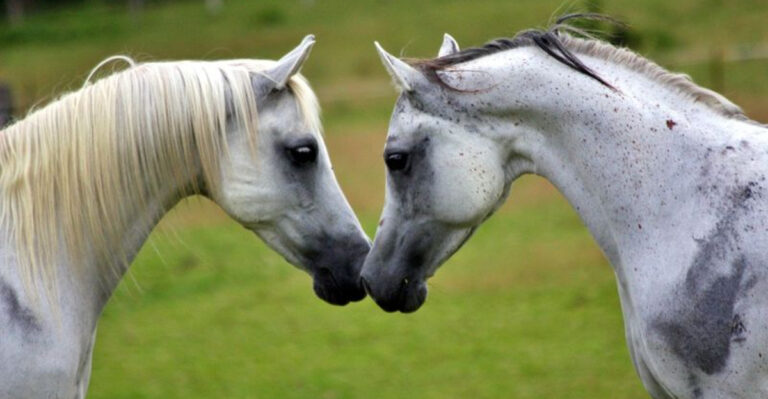17 Poisonous Creatures Lurking In Nevada’s Deserts

Nevada’s deserts, often known for their sunlit vastness and rugged beauty, hide a secret: they’re home to some truly ominous creatures. These venomous residents aren’t just your average desert dwellers.
From slithery serpents to sting-equipped insects, these creatures have evolved unique ways to survive and thrive. Ready to explore what’s lurking in the shadows?
1. Western Diamondback Rattlesnake
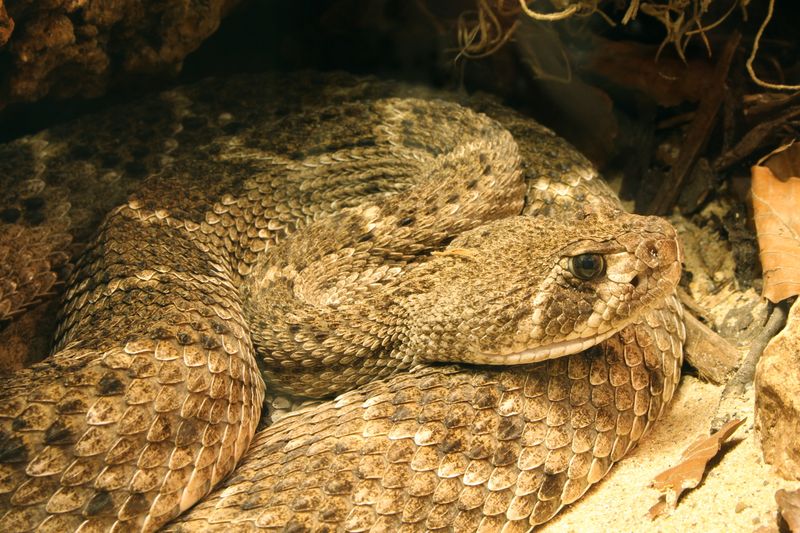
Ever heard a warning buzz in the desert? Meet the Western Diamondback Rattlesnake, Nevada’s infamous rattler. Its venomous bite can be quite dangerous.
The rattlesnake’s diamond pattern isn’t just for show; it’s a warning. While generally shy, it will defend itself if threatened.
2. Desert Recluse Spider

A violin on its back, but no music to be found! The Desert Recluse Spider is as reclusive as its name suggests.
Its bite can cause serious skin reactions. Found in rocky areas, this spider prefers solitude but can wander into homes occasionally.
3. Arizona Bark Scorpion
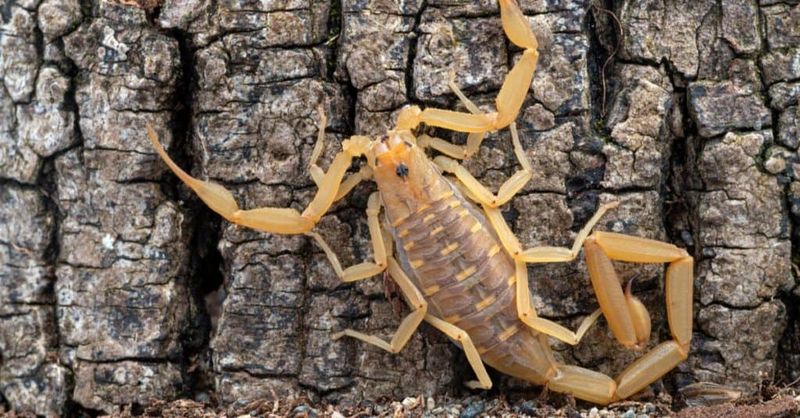
The Arizona Bark Scorpion glows under UV light, giving it a unique, eerie appearance. Despite its small size, it delivers a powerful sting that causes severe pain.
As one of the most venomous scorpions in North America, it’s a creature to be wary of. These scorpions are typically found hiding under rocks or in tiny crevices, making them hard to spot.
4. Gila Monster
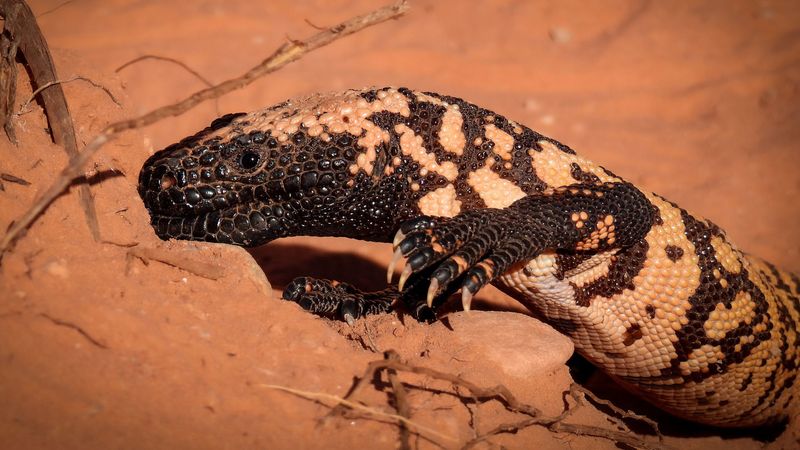
With its chunky appearance and slow movements, the Gila Monster might seem harmless.
But don’t be fooled! It delivers venom through a bite, using grooves in its teeth.
This brightly colored lizard spends most of its time hidden, emerging in the cooler hours.
5. Sidewinder Rattlesnake

Sidewinding across the dunes, the Sidewinder Rattlesnake is a true desert dweller. Its unique movement helps it navigate hot sands. Though its bite is venomous, it prefers to avoid humans.
Its horn-like scales above the eyes are its signature feature, offering a menacing look.
6. Mojave Rattlesnake
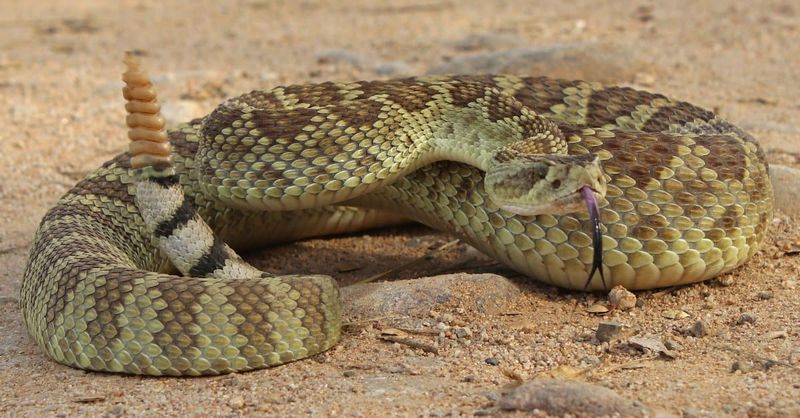
The Mojave Rattlesnake, known for its potent venom, is a master of disguise. Its greenish tint blends with the desert environment.
This snake is highly alert, with a reputation for being aggressive if cornered. Its bite can be dangerous, so best observed from a distance.
7. Desert Horned Lizard
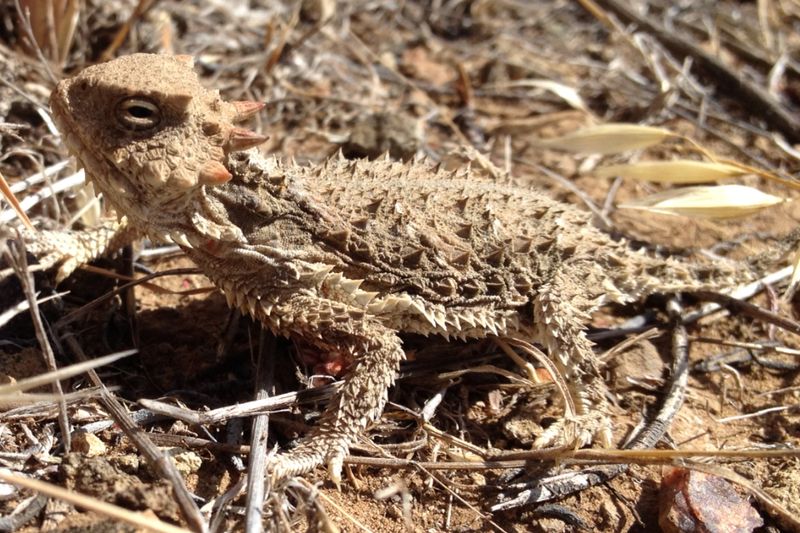
A dragon in miniature! The Desert Horned Lizard sports horns and spiky scales.
While its bite isn’t venomous, it can squirt blood from its eyes to deter predators. This unique defense mechanism is quite effective.
8. Black Widow Spider

Recognizable by the red hourglass mark, the Black Widow Spider is infamous for its venomous bite. It prefers dark, undisturbed places to spin its webs.
Though bites are rare, they can cause severe reactions. Its silk is incredibly strong, making its webs quite durable.
9. Desert Hairy Scorpion
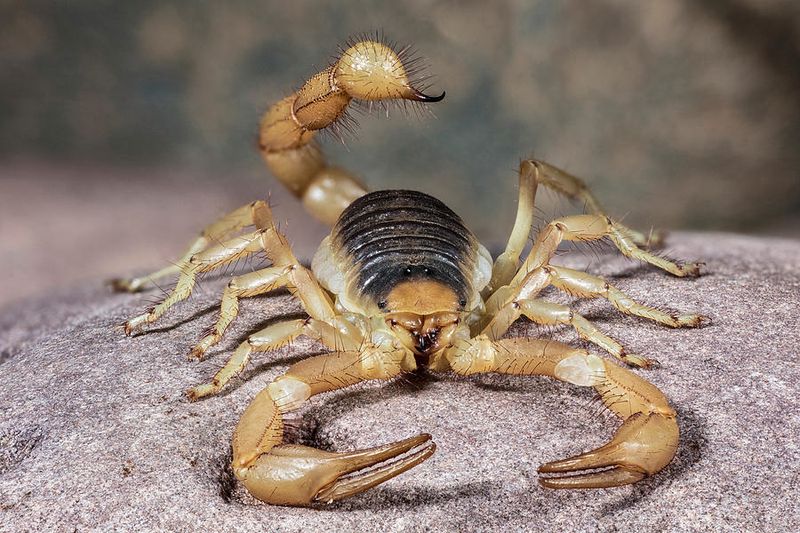
The Desert Hairy Scorpion is the largest scorpion in North America. Its hairy body isn’t just for looks—it senses vibrations in the ground! Though its sting is mild, it’s still a creature to respect. Found under rocks, it’s a nocturnal hunter of insects and spiders.
10. Northern Pacific Rattlesnake
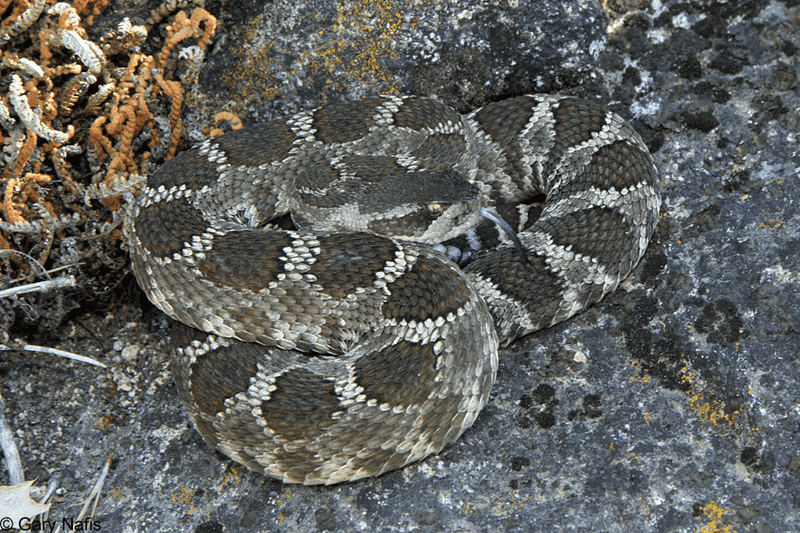
The rattle of the Northern Pacific Rattlesnake isn’t just for noise; it’s a clear warning. Known for its potent venom, this snake prefers rocky terrains and can be elusive.
When threatened, it warns its enemies by rattling before striking. A creature of caution, it demands respect in its natural habitat.
11. Desert Tarantula

Big, hairy, and surprisingly gentle, the Desert Tarantula might look intimidating, but it’s mostly harmless to humans. Its venom is mild, comparable to a bee sting.
These nocturnal hunters are more likely to flee than fight. They’re an essential part of the desert ecosystem.
12. Red Coachwhip Snake
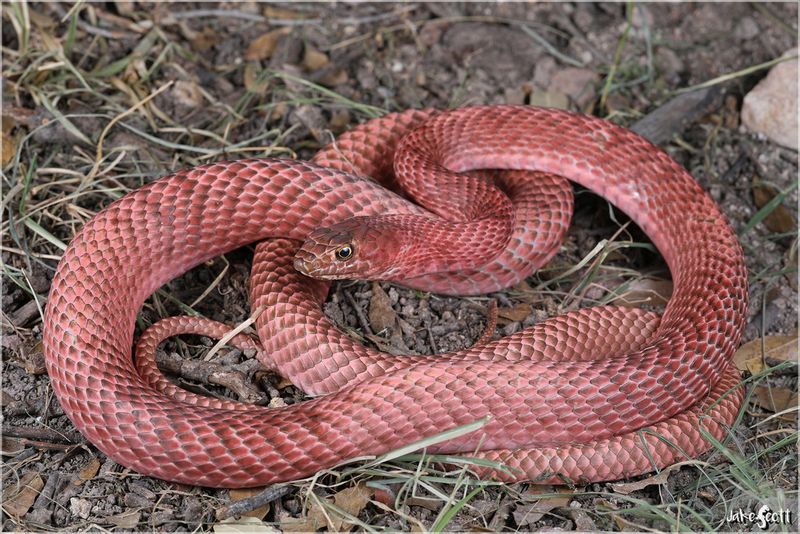
Sleek and fast, the Red Coachwhip Snake is a sight to behold. This non-venomous snake is known for its speed and agility.
It often preys on other snakes and small mammals. While it can be defensive if cornered, it’s generally more curious than aggressive.
13. Desert Iguana
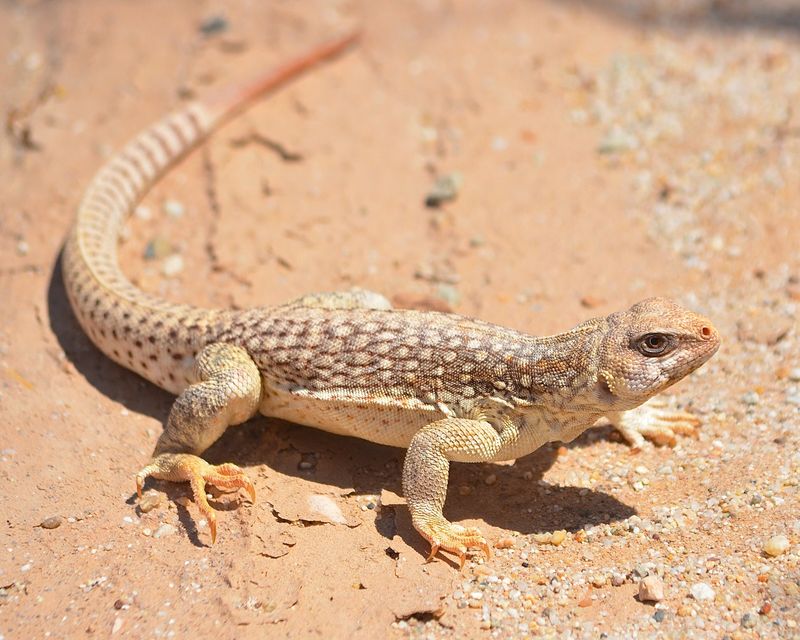
With its pale scales and love for sunbathing, the Desert Iguana is a true sun worshiper. While not venomous, its speed and agility allow it to escape predators.
It thrives in the desert heat, feeding on vegetation. A gentle and elusive creature, it’s a desert icon.
14. Great Basin Rattlesnake
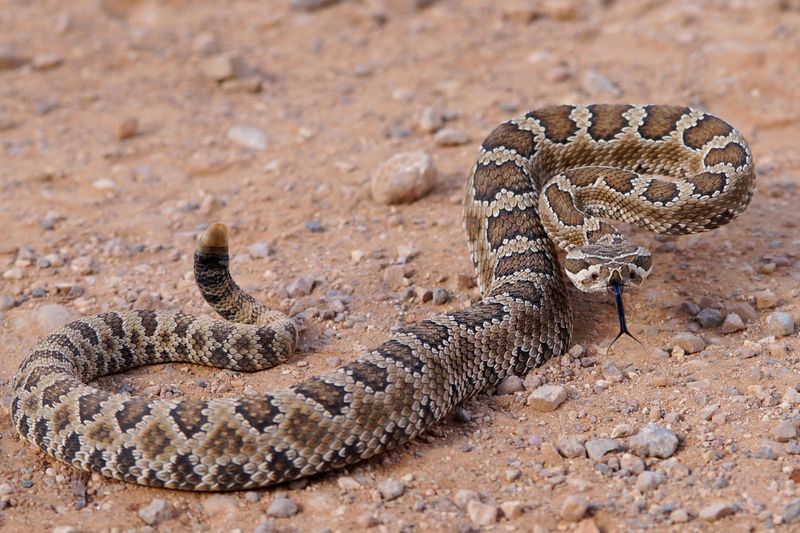
The Great Basin Rattlesnake, with its rattles and potent venom, is a desert survivor. Preferring rocky outcrops, it blends seamlessly with its surroundings.
When threatened, it delivers a warning rattle. It’s a creature of mystery and mastery of its environment.
15. Desert Night Snake
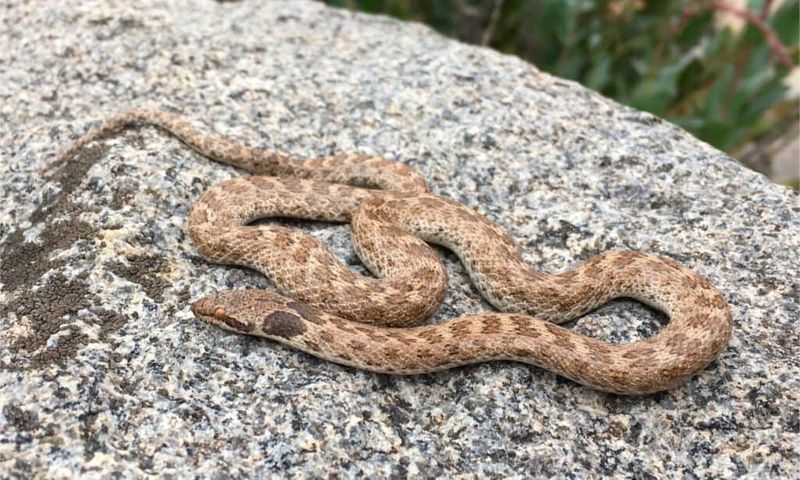
Slim and secretive, the Desert Night Snake is a nocturnal wanderer. Its mild venom is primarily used for subduing prey.
Often mistaken for other snakes, it’s non-aggressive towards humans. It roams the desert floor under the cover of darkness, hunting small reptiles.
16. Desert Kingsnake
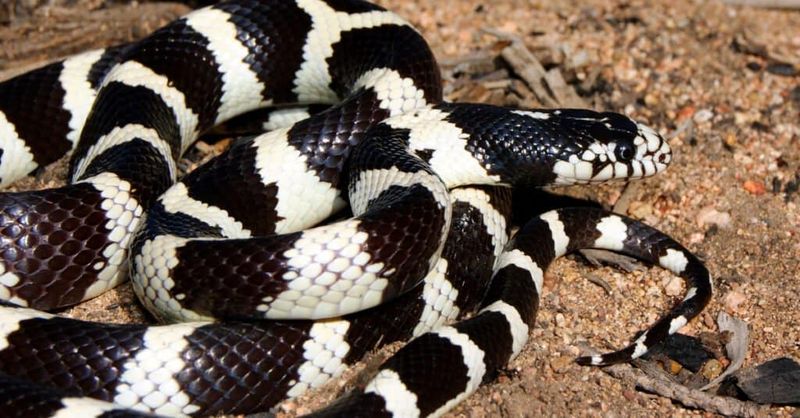
With a regal name and appearance, the Desert Kingsnake is a formidable predator. It’s immune to rattlesnake venom and often preys on them.
Non-venomous to humans, it’s known for its beautiful patterns and calm demeanor.
17. Sonoran Coral Snake
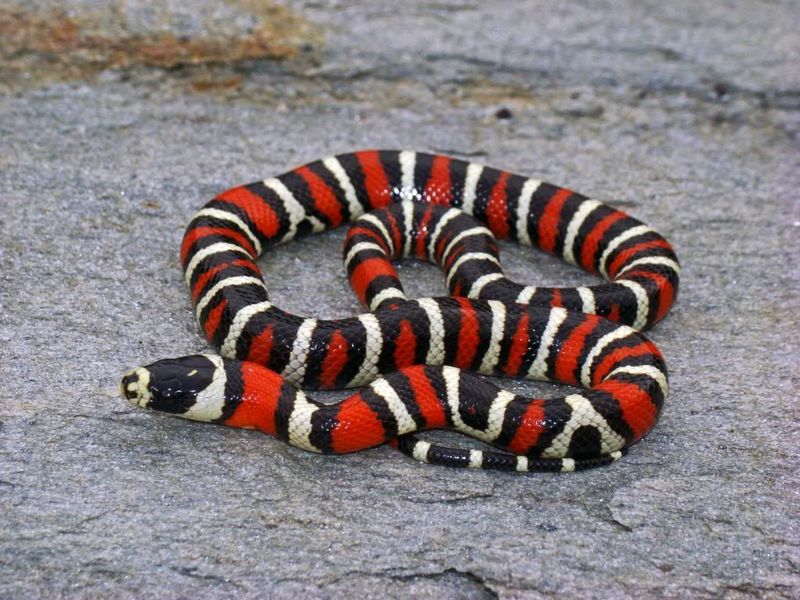
Red touches yellow, a dangerous fellow! The Sonoran Coral Snake’s bright bands serve as a warning.
Its venom is potent, but bites to humans are rare. It’s a colorful yet elusive resident of the Nevada desert.

